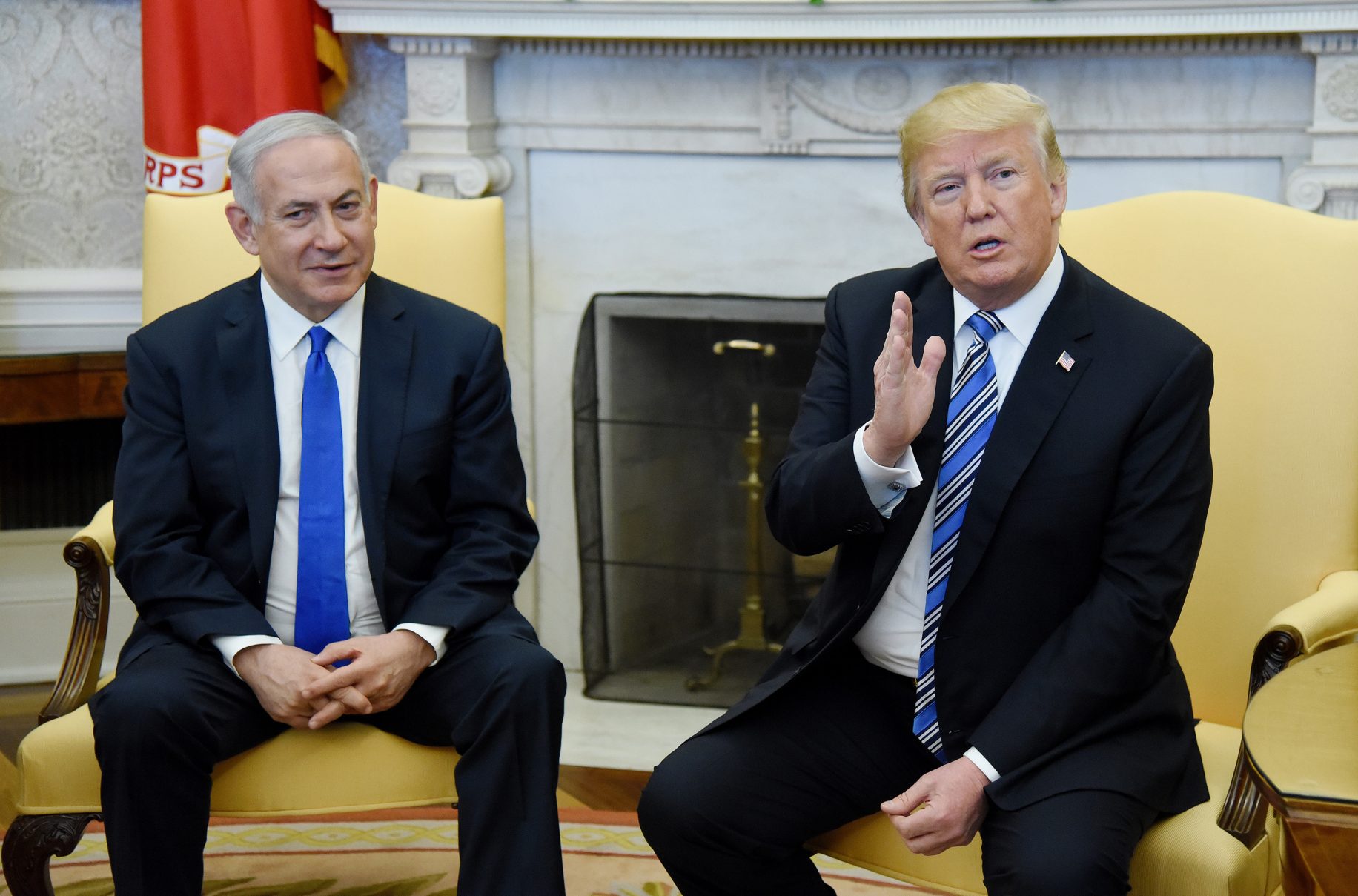High Stakes: US-Iran Talks Hold Global Attention
Discover the nuanced world of US-Iran nuclear negotiations where diplomacy, military threats, and historical tensions intersect, influencing the geopolitics of the Middle East.
Published April 13, 2025 - 00:04am

Image recovered from americanmilitarynews.com
The geopolitical landscape of the Middle East is once again in focus as the United States and Iran engage in high-stakes indirect nuclear negotiations. These talks, set against a backdrop of historical animosity and regional complexities, are taking place in Muscat, Oman, a nation known for its neutral stance and mediating roles. The discussions come as the international community watches closely, well aware of the implications a successful or failed agreement could have on global security and regional stability.
At the heart of these negotiations is the contentious issue of Iran's nuclear program. President Donald Trump has made clear the US position: Iran must not develop a nuclear weapon. Earlier, Trump had unilaterally withdrawn the US from the Joint Comprehensive Plan of Action (JCPOA) in 2018, a move that led to heightened tensions and increased sanctions on Iran. This decision has had far-reaching consequences, prompting Iran to gradually scale back its commitments under the agreement.
As the talks unfold, both sides have laid their cards on the table. Steve Witkoff, Trump's special envoy, represents the US, firmly taking a stance that focuses on complete dismantlement of Iran's nuclear capabilities. On the Iranian side, Foreign Minister Abbas Araghchi has reiterated that Iran seeks a fair agreement that respects its sovereignty and allows the continuation of its civil nuclear program.
Among the contentious issues is the degree to which Iran will agree to roll back its nuclear activities. The International Atomic Energy Agency (IAEA) has raised alarms regarding Iran's accumulation of highly enriched uranium, which is dangerously close to weapons-grade levels. The US, along with its regional allies, continues to express concerns over Iran's intentions, emphasizing the risks of nuclear proliferation in an already volatile region.
Beyond the immediate nuclear issue, broader geopolitical dynamics play a significant role in these negotiations. The US has consistently sought to curb Iran's influence in the region, particularly regarding its support for proxy groups such as Hezbollah in Lebanon and Hamas in Gaza. Discussions on limiting Iran's regional influence are expected to form a critical aspect of any potential deal, although Tehran remains steadfast in preserving its strategic interests.
The geopolitical and diplomatic stakes are high. Iran's Supreme Leader, Ayatollah Ali Khamenei, has indicated a willingness to engage in discussions but remains firm on not compromising Iran's defensive capabilities. The domestic political landscape in both countries adds another layer of complexity, with internal factions holding diverse views on how to proceed with the negotiations.
In the corridors of the Omani foreign ministry, Badr bin Hamad Al Busaidi plays a pivotal role as mediator, facilitating the discussions between the two adversaries. The talks are anticipated to be complex and lengthy, as each side seeks assurances and a framework that can be presented to their domestic audiences as a victory.
The implications of these discussions extend beyond bilateral relations. A resolution could lead to a thawing of relations and pave the way for more comprehensive diplomatic engagements in the future. Conversely, failure to reach an agreement might escalate tensions further, with potential military conflicts looming ominously over the horizon.
Trump's administration has consistently ratcheted up rhetoric, warning of significant military action should the negotiations falter. In response, Iranian officials have hinted at drastic measures, including the expulsion of UN nuclear inspectors, which Washington warns would constitute a severe escalation.
As the world watches, these negotiations represent not only a critical juncture for US-Iran relations but also a test of international diplomacy and the effectiveness of multilateral negotiations in resolving one of the most pressing security concerns of the modern era.





